Celebrations of Vietnam’s New Year at Thang Long Imperial Citadel
(VNF) - A wide range of cultural activities to reveal the depth of traditional Tet (Lunar New Year) celebrations will take place at the Hanoi-based Thang Long Imperial Citadel from January 24th to February 27th.
Children in Hanoi will enjoy an early celebration of the festival through folk games, such as tugs of war and swings. Along with games, children can try their hands at making banh chung (glutinous square cakes) and li xi (lucky money envelope).
They will also learn to print and paint folk paintings and write calligraphy once use as good luck decorations during Tet.
 |
A calligrapher (ông đồ) displays his talent.(Source: VNA)
Together with the festival, an exhibition will be held until February 24th introducing visitors to a traditional Tet rituals and ceremonies 100 years ago. This will be done through a display of wood carvings of French researcher Henri Oger and documents from French museum Albert Kahn.
Ancient painting genres from across the country, including Hang Trong and Kim Hoang in downtown and on the outskirts of Hanoi, respectively, and Dong Ho in the northern province of Bac Ninh, are also showcased.
Kim Hoang is a common name given to folk paintings printed on yellow and red paper. It was invented in the second half of the 18th century and strongly developed since the 19th century at Kim Hoang village in Van Canh commune in Hanoi’s suburban district of Hoai Duc.
The subjects in Kim Hoang paintings are taken from the plain and ordinary lives of the citizens of the Red River Delta, so they easily win people’s hearts. Each painting has familiar sights of animals as well as depicting daily life, Lunar New Year holidays and the worship of the Kitchen Gods.
Hang Trong folk painting genre is traditionally produced on paper with one carved woodblock inked in black to give an outline that is then filled in with different colours by hand. Its artistic cousin, Dong Ho, is produced by a series of woodblocks, each carrying a different colour.
Highlight of the programme is a ceremony setting up cay neu (the New Year’s tree) on February 7th, which is one of the activities drawing visitors’ special attention, according to Nguyen Thanh Quang, vice director of the Centre for Thang Long Heritage Conversation.
“Vietnamese people have a custom of erecting a bamboo pole in front of their house on the last day of the lunar year to expel evil, worship deities and pray for good luck for the New Year,” he said. “People remove it on the seventh day of the Lunar New Year to say farewell to their ancestors in heaven.”
New Year’s Eve this year will fall on February 16th. From February 18th to 20th, various art performances will take place, including martial arts, water puppetry, folk singing and dance.
 |
Traditional dances of ancient Thang Long. (Photo provided by the Imperial Citadel)
Trinh Van Binh, 70, and his troupe from My Duc district on the outskirts of Hanoi, will perform tứ linh (four sacred animals: dragon, kylin, phoenix and tortoise) dance, one of the traditional dances of ancient Thang Long, the former name of Hanoi.
“Our group of 25 people will perform dances and play music. We desire to uphold the tradition of the homeland despite old age.”
The Imperial Citadel of Thang Long will be closed from February 14th to 16th and reopened on February 17th. The relic sites will remain opened.
Ticket for adult costs VND 30,000 (USD 1.32)/person/tour; Vietnamese students (15 years old or above with student cards and identity cards) and old people (60 or above) costs VND 15,000 (USD 0.66). Children under the age of 15 and people who were of meritorious service to the country during the war are exempt from tickets.
Program:
-Exhibition of archives and wood carvings:
Official Showcase: Jan 22 – Feb 24
Tet program for children: Jan 22 – 27
-Ceremonies and cultural performances:
Ông Công – Ông Táo (Land Genie and the Kitchen Gods) ceremony & setting up the New Year’s Tree (2 pm on Feb 7)
Water puppet performance (10 am, 2 pm and 4 pm, Feb 18 – 20)
Burning incense to start the New Year (Feb 24)
VNF
Recommended
 Viet's Home
Viet's Home
She Feeds the World: 8,000 Individuals Adopt More Sustainable Agricultural Practices
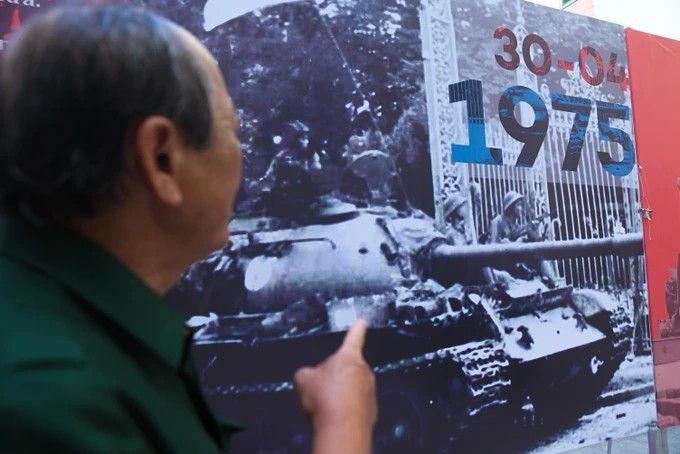 Viet's Home
Viet's Home
Over 200 Valuable Documents Displayed at 'Mountains and Rivers Connected One Strip' Exhibition
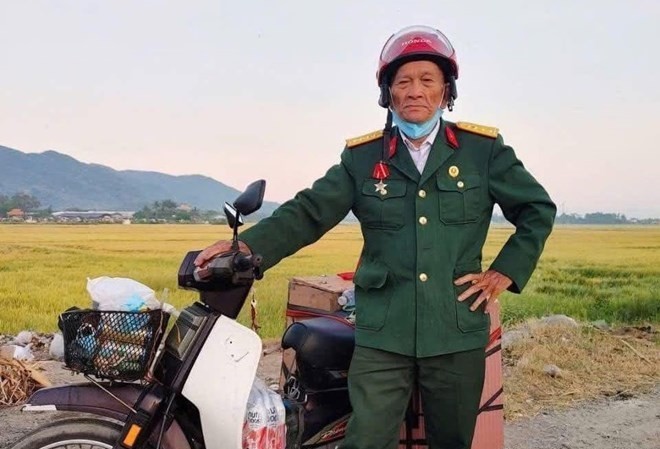 Viet's Home
Viet's Home
Latin American News Agency Prensa Latina Shares Story of Vietnamese Veteran’s 1,200km Journey Back to Former Battlefield
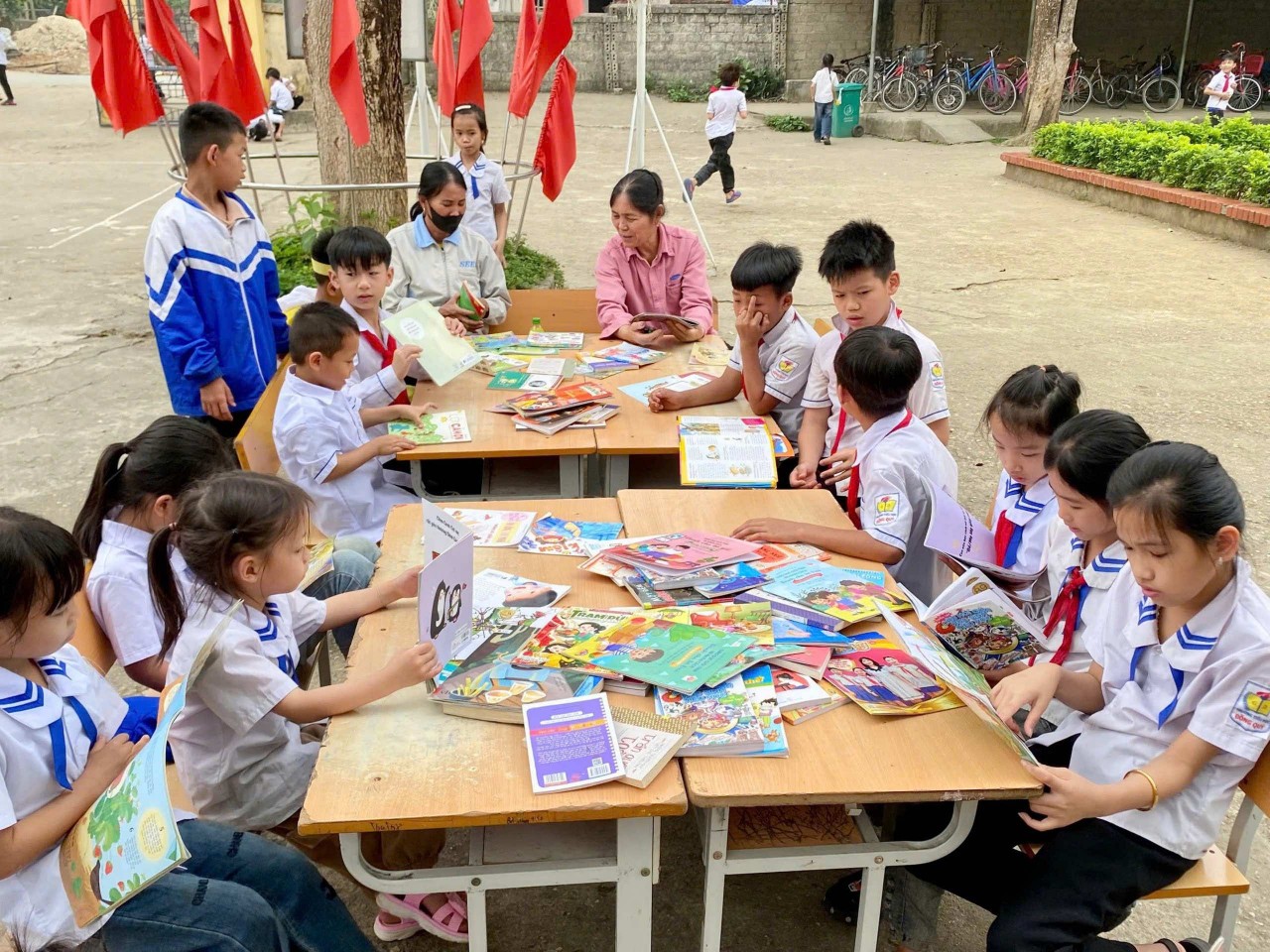 Viet's Home
Viet's Home
GNI Contributes to Spreading the Joy of Reading to Students
 Viet's Home
Viet's Home
Japan, Vietnam To Boost Cooperation in Parliament Level
 Viet's Home
Viet's Home
Message of Humanity from 2025 United Nations Day of Vesak in Vietnam
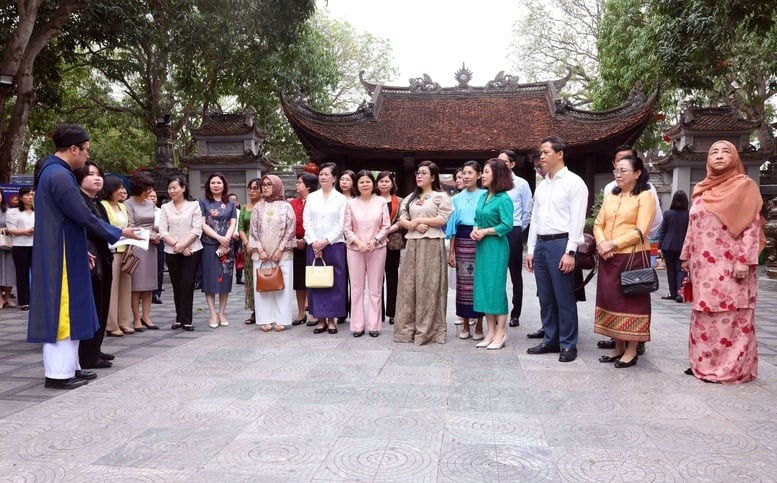 Viet's Home
Viet's Home
Spouse of PM Pham Minh Chinh Meets ASEAN Community Women's Circle in Bac Ninh
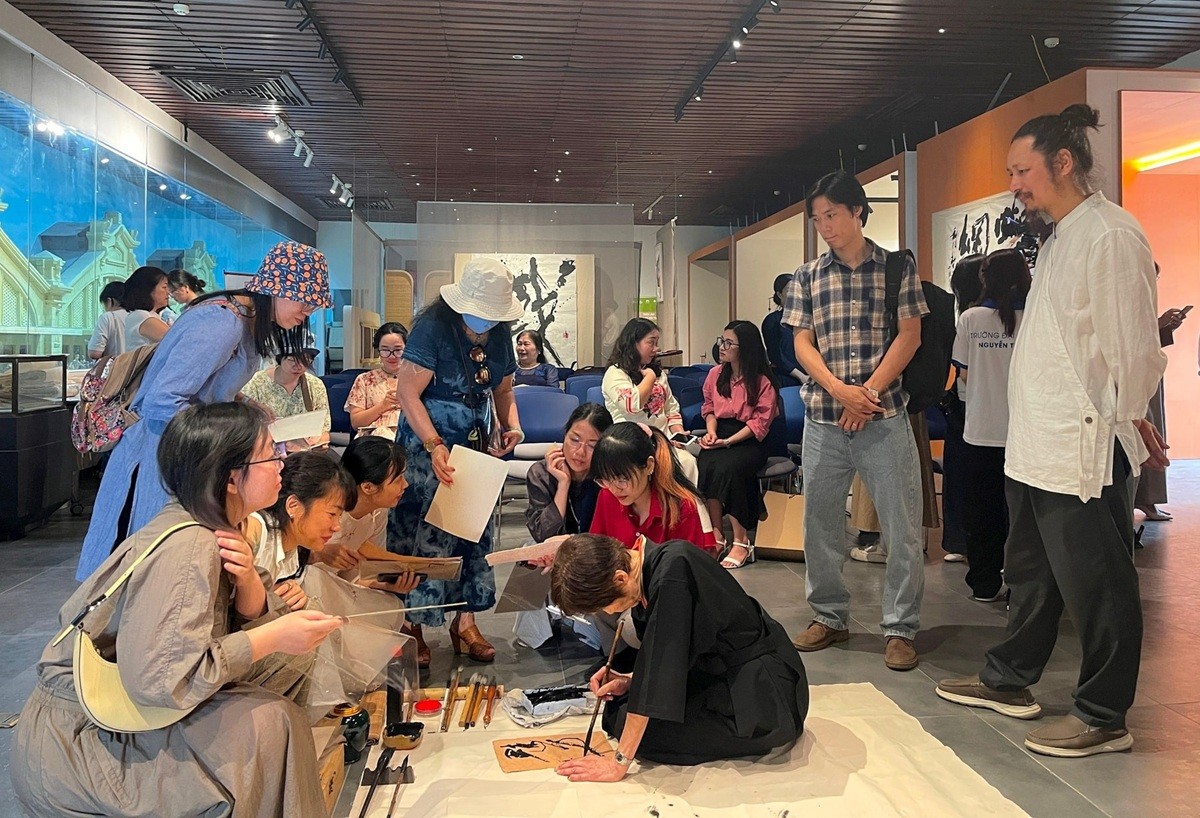 Viet's Home
Viet's Home
